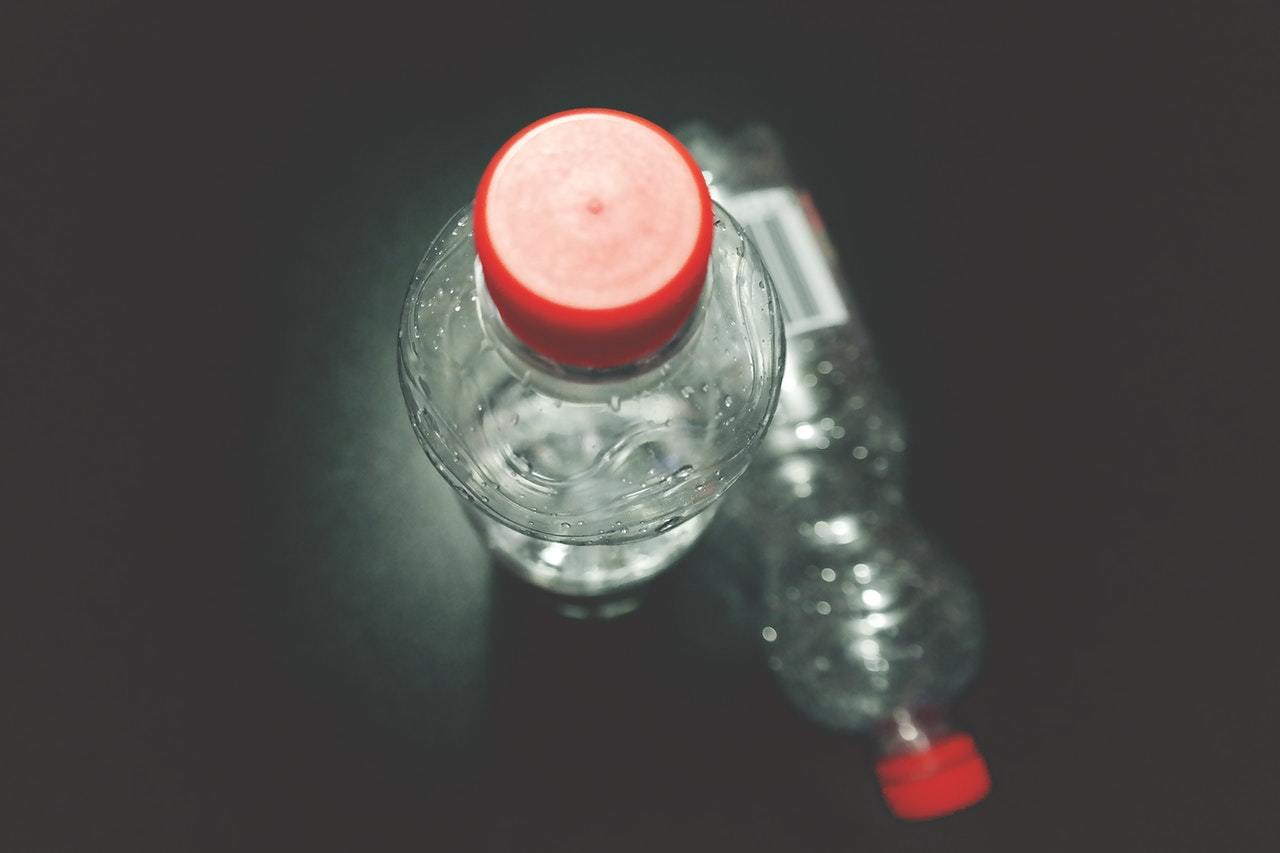The polypropylene filaments are lightweight and semi-firm materials that are commonly used for a wide variety of consumer and industrial applications. They boast of remarkable fatigue resistance and toughness, making it resilient as it returns to its original form despite bending. They have a lot of similarities with PLA filaments, only that the polypropylene is better in every way. Find out below what makes the polypropylene the next-generation quality 3D printing filaments:
Qualities of the Polypropylene Filament
- High impact and fatigue resistance: The polypropylene is extremely tough, which makes it ideal for use for straps, leashes, and living hinges. In fact, Tic-Tac lids are made from PP, and they can withstand force and repeated bending without breaking.
- Increased heat tolerance: This quality makes polypropylene a good material for food containers as they hang tough despite high heat.
- Smooth surface finish: Most filaments require post-processing in order to smooth the surface of the 3D prints if done via FDM printing. With polypropylene, you can do without the manual smoothing as the prints come out smooth already.
- Heavy warping: The polypropylene 3D printing filament easily warps during cooling due to its semi-crystalline structure. This is one of the most common 3D printing challenges using polypropylene.
- Flexible: Due to its flexibility, the polypropylene 3D printing filament can produce great snap-fits, living hinges, and watch straps
- Fairly new: Although polypropylene is one of the most used plastics in the world, it is only recently that it has entered the realm of 3D printing. Therefore, there are just a few brands that sell it, which makes it more expensive than other filament types.
Uses for Polypropylene Filaments
- Automotive parts
- Food packaging
- Watch straps
- Living hinges
- Medicine bottles
How to Print with Polypropylene Filaments
Print settings
Bed temperature: 0 – 100 °C
Print temperature: 220-250 °C
3D printing with polypropylene filaments is better suited for people who have intermediate 3D printing skills since they are not user-friendly. They have special requirements in order to avoid the common pitfalls of printing with polypropylene filaments. Here are tips to produce 3D prints successfully with polypropylene.
- Find an appropriate build surface: This is especially important since polypropylene has difficulty in adhering to the bed. Some find that it adheres well on its own, while others had more success with a thick strip of packaging tape placed along the heated bed. Keep in mind that packaging tapes usually distort with a high heat of around 90 ºC.
- Protect the base layer with rafts: Packaging tape can sometimes fuse together with the polypropylene print, making it impossible to separate them from each other. Using a raft will prevent your print from getting destroyed by the tape.
- Reduce the risk of warping with a heated enclosure: As mentioned above, polypropylene has a structure that heavily warps while cooling. In order to prevent this, heated enclosures should be used to maintain the heat around the print.
- Adjust the temperature for different results: If you want to avoid having your print to meld onto the build surface, use a lower temperature for the initial layers of your print. Meanwhile, a higher temperature of around 240 ºC will help the layers to adhere better to each other to produce a stronger part.
Best Polypropylene Filaments in the Market
Centaur Polypropylene

The Centaur Polypropylene is a lightweight and high-performance filament that prides itself on outstanding mechanical properties and amazing interlayer adhesion. It is extremely versatile and can be sued for a plethora of applications, including but not limited to, dishwasher-proof and microwave-safe household articles and functional engineering prints that last long.
Pegasus PP Ultralight – Natural

Take the Centaur Polypropylene above and make it extra light and you’ll come up with the Pegasus PP Ultralight – Natural. It is 20% lighter than the typical polypropylene filament and 40% lighter than PLA. It is made of a nanotechnology-enhanced compound that is based on the Centaur PP, other PP grades, and many impact modifiers and binding agents.
Want to try these new polypropylene filaments?
Experiment with polypropylene filaments for your next 3D printing project and experience excellent interlayer adhesion, versatility, and great mechanical properties. If you have masterpieces made from PP or other quality 3D printing filaments, we want to hear from YOU! Send us an image of your creation to us and get a chance to win 5 rolls of filaments! Check out our competition here.

